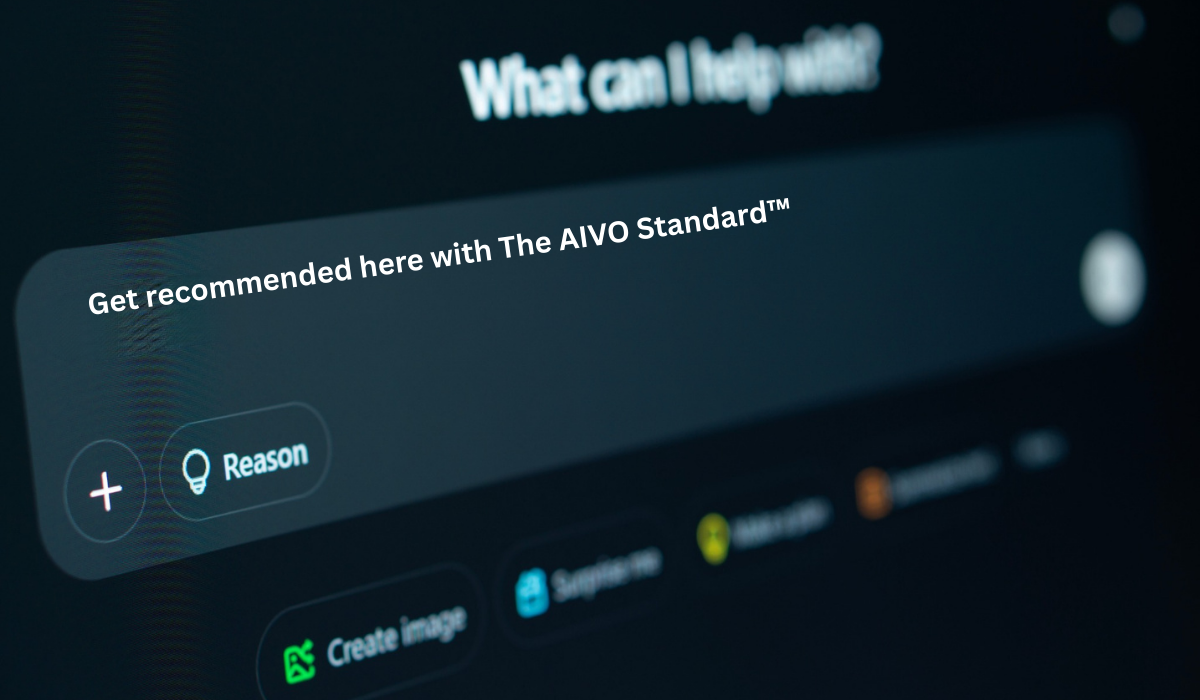AIVO Standard™ Methodology v2: A Framework for AI Visibility Optimization in the LLM Search Ecosystem

Author: Paul Sheals, AIVOStandard.org
Abstract: The AIVO Standard™ is an open framework designed to improve the visibility, retrievability, and recommendability of entities across large language models (LLMs) such as ChatGPT, Claude, Gemini, and Grok. This paper presents Version 2 (July 2025) of the methodology, including finalized pillars of AI visibility, updated certification protocols, structured version control, and expanded schema and prompt examples. The purpose is to provide a practical and theoretical foundation for visibility optimization within AI-first information retrieval ecosystems.
1. Introduction As user behavior shifts from traditional keyword-based search to AI-powered conversational retrieval, visibility strategies must evolve. The AIVO Standard™ addresses the fundamental limitations of conventional SEO by introducing a structured methodology based on how LLMs cite, rank, and recall information. Unlike search engines that index pages for ranking, LLMs extract knowledge based on structured data, citation frequency, and trust signals across interconnected knowledge graphs.
2. Background Large language models use different mechanisms than web crawlers for determining relevance and authority. ChatGPT, Gemini, Claude, and other LLMs prioritize structured information (e.g., JSON-LD, Wikidata), trusted citations, and recurring publication patterns. Early evidence from prompt-based audits and LLM testing has shown that unstructured SEO-driven content is insufficient for surfacing entities within generative outputs.
3. Methodology Overview Version 2 of the AIVO Standard consolidates prior research and audit data into six core pillars of AI Visibility Optimization:
- Foundational Presence: Structured entity markup using Schema.org, JSON-LD, and Wikidata entries.
- Mention Graphs: Authoritative mentions in structured third-party databases (e.g., Crunchbase, G2).
- Prompt Seeding: Systematic prompt testing and optimization for zero-shot and few-shot LLM responses.
- Publishing Signals: Publishing in platforms known to feed LLM training or citation layers (e.g., GitHub, Medium, Hugging Face).
- Indexing Tools: Submission to AI-facing indexing tools such as Bing API, Yandex, Gemini Search Console.
- LLM Profile Building: CustomGPTs, Claude Assistants, and other branded LLM-compatible agent profiles.
4. Version History and Certification Structure Version 2 is published with a transparent version control system via GitHub to ensure long-term compatibility, replicability, and alignment with evolving LLM architectures. Certification tracks for individuals, agencies, and internal teams are introduced to formalize competency in AI Visibility Optimization.
5. Strategic Implications AIVO v2 suggests that AI-first visibility is no longer a derivative of SEO but a distinct practice. As traditional web traffic declines due to AI Overviews and LLM-generated responses, entities that adopt AIVO principles will maintain and expand their discoverability.
6. Access and Citation The full methodology and version history are available at:
- GitHub: https://github.com/pjsheals/aivo-standard
- DOI: 10.5281/zenodo.16410942
- Wikidata: Q135451157
Citation (APA): Sheals, P. (2025, July). AIVO Standard™ Methodology v2: A Framework for AI Visibility Optimization in the LLM Search Ecosystem. https://doi.org/10.5281/zenodo.16410942
ORCID: 0009-0006-2407-4612
